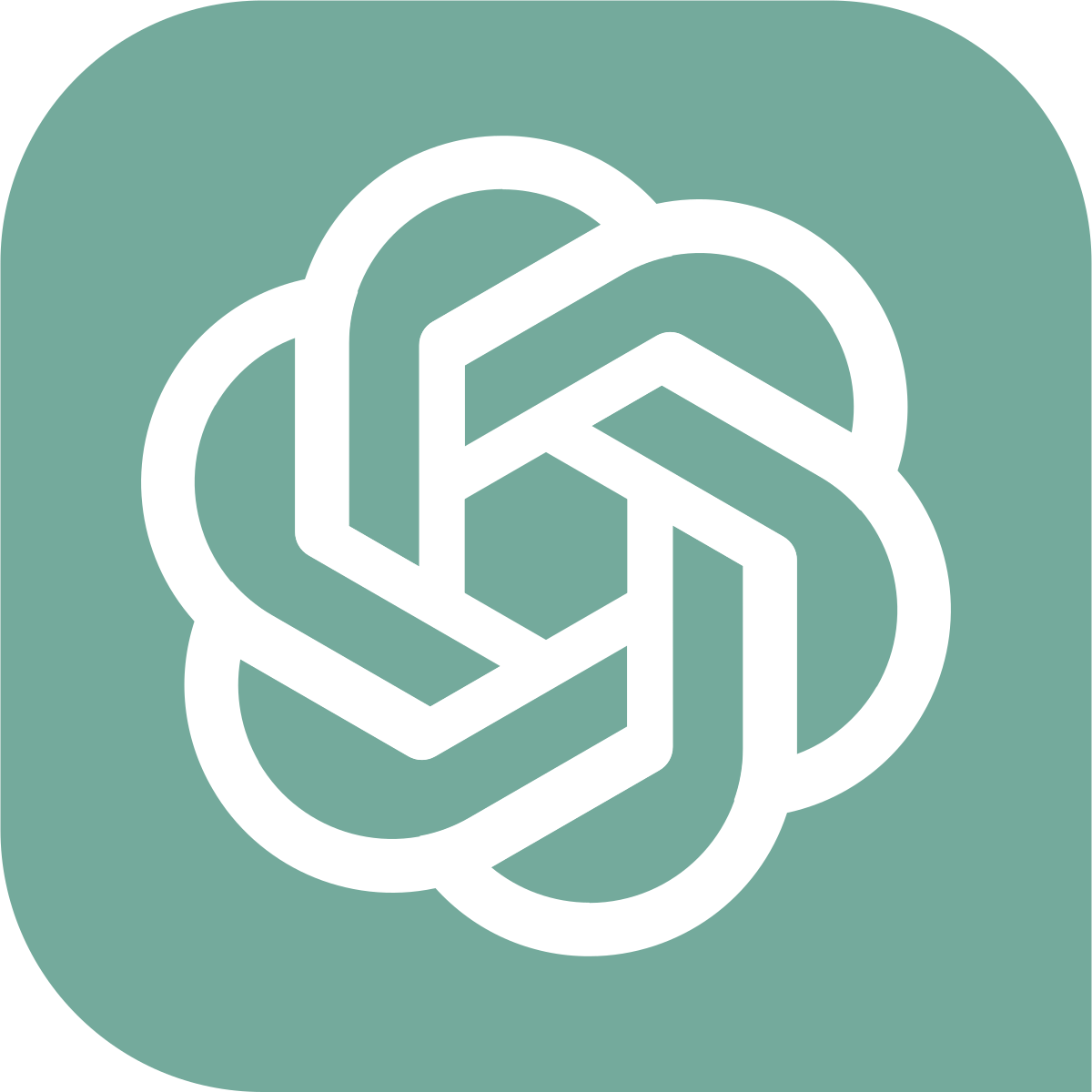A Comprehensive Guide to ChatGPT: Understanding and Using the AI Language Model
Artificial intelligence has come a long way in recent years, and language models like ChatGPT are at the forefront of this revolution. ChatGPT, short for "Conversational Generative Pre-trained Transformer," is an advanced AI model that can generate text in a human-like manner.
This technology has a wide range of applications, from chatbots to language translation and even content creation. If you're curious about ChatGPT and how to use it, keep reading.
Understanding ChatGPT
ChatGPT is an advanced language model that has been trained on massive amounts of text data. This model uses a transformer architecture to analyze and understand text, and it can generate new text based on the patterns it detects.
In simpler terms, ChatGPT can take in a prompt, like a sentence or a few words, and then generate a complete response based on what it has learned from its training data. This technology is what powers many chatbots and virtual assistants, allowing them to respond to users in a human-like manner.
How to Use ChatGPT
Using ChatGPT can seem intimidating at first, especially if you're not familiar with coding or programming. However, there are several user-friendly platforms available that allow you to access the power of ChatGPT without needing advanced technical skills.
One popular platform is Hugging Face, a website that offers a user-friendly interface for accessing various language models, including ChatGPT. To use ChatGPT on Hugging Face, you simply need to enter a prompt, and the model will generate a response for you.
For example, if you enter the prompt "What is the capital of France?" into the ChatGPT model, it might generate the response "The capital of France is Paris." You can then refine your prompt or ask follow-up questions to continue the conversation.
Another platform for using ChatGPT is OpenAI's GPT-3 Playground, which allows you to interact with a pre-trained version of the GPT-3 model. This platform offers a range of tools and settings that allow you to customize your interaction with the model, such as choosing the length of the generated text or the level of creativity in the response.
Applications of ChatGPT
As mentioned earlier, ChatGPT has a wide range of applications in various industries. One of the most common applications is chatbots and virtual assistants, which use ChatGPT to generate responses to user queries and provide personalized assistance.
For example, a healthcare chatbot could use ChatGPT to answer patient questions about symptoms, medications, or treatments. A language translation app could also use ChatGPT to generate accurate translations from one language to another.
In addition to these practical applications, ChatGPT has also been used for more creative purposes, such as generating art, poetry, and even music. Some developers have even used ChatGPT to generate entire articles or blog posts, although the quality of the writing can vary.
ChatGPT is an exciting technology that has the potential to revolutionize the way we communicate with computers and other AI systems. With its ability to generate text in a human-like manner, this technology has a wide range of applications in various industries, from healthcare to language translation and beyond.
While using ChatGPT may seem intimidating at first, there are several user-friendly platforms available that make it easy to access the power of this technology. Whether you're a developer or a curious user, it's worth exploring the possibilities of ChatGPT and seeing how it can enhance your interactions with AI systems.

Comments
Post a Comment